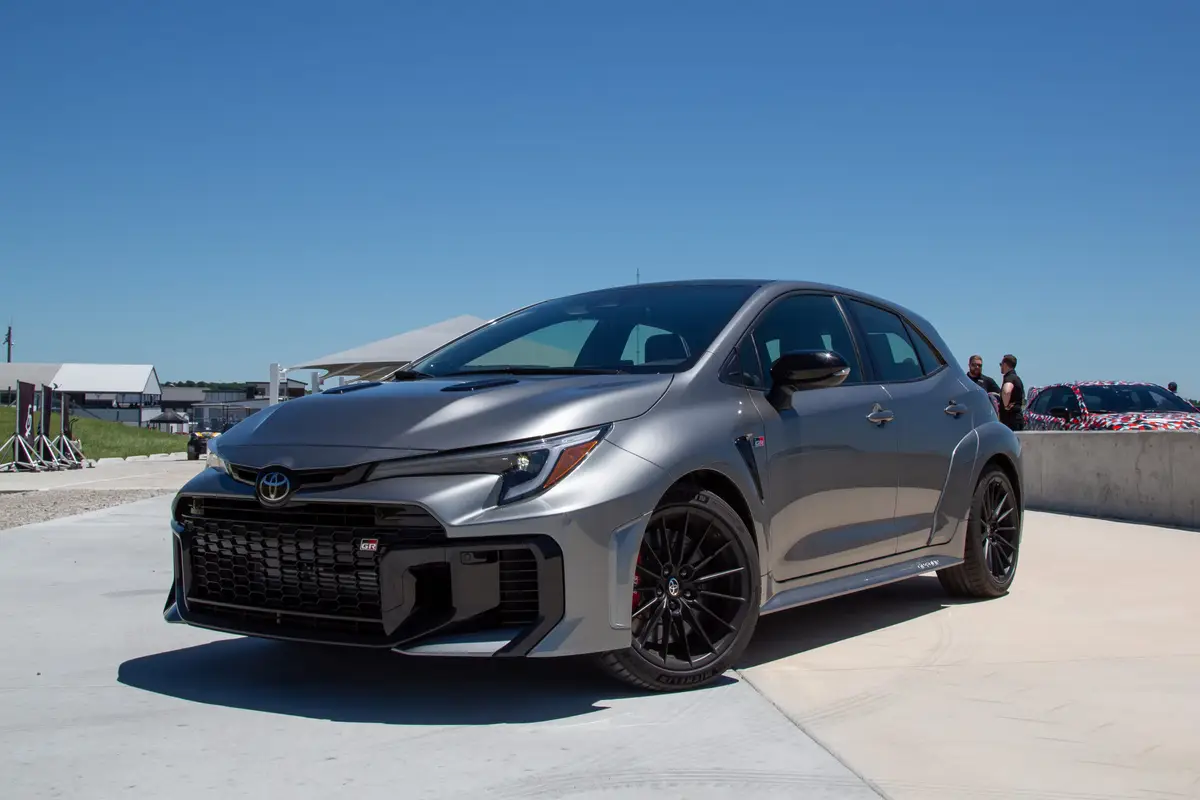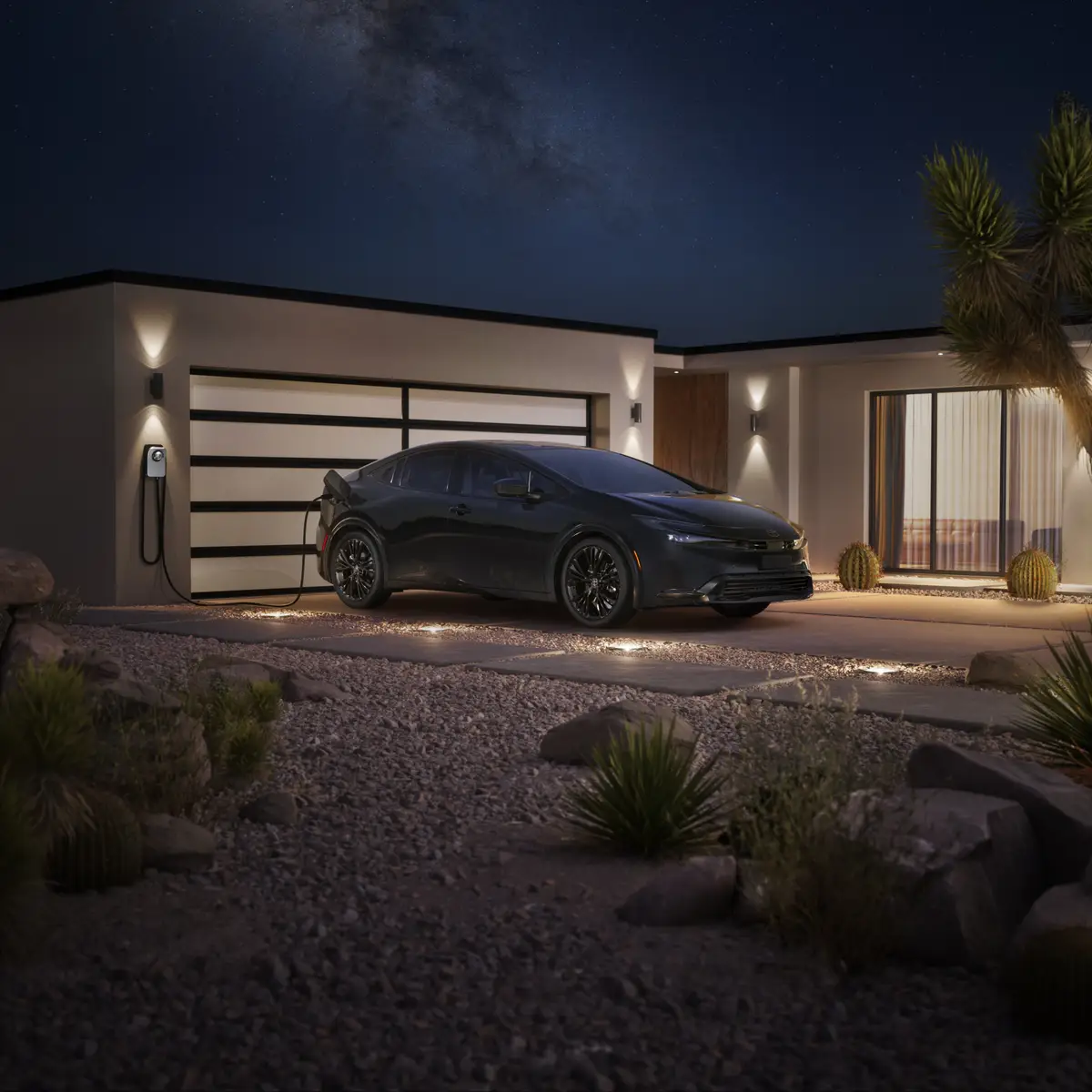Star-Telegram.com's view
Kia’s second-generation Sedona minivan proves that value doesn’t have to take a backseat to safety.
The 2007 Sedona offers the fullest measure of both: an affordable price and the best safety equipment available in the minivan segment.
And that’s not to mention economy of operation, which results from the vehicle’s EPA ratings of 18 miles per gallon in the city and 25 on the highway.
That’s not quite the mileage you could get with a small car, but it’s great for a vehicle that can carry seven passengers and all of their stuff, too.
While the Sedona isn’t as well-known as the popular Japanese vans, the Honda Odyssey and Toyota Sienna, or the best-sellers in this segment, the Dodge Caravan and Chrysler Town & Country, its reputation is growing.
That’s due in part to the current Sedona’s designation by the Insurance Institute for Highway Safety as the safest minivan on the road.
But the other part of the equation is the price: the Sedona starts at $21,195 (including freight), which is several thousand dollars below the base prices of the Odyssey ($27,690) and Sienna ($24,800). And even though the 2007 Dodge Caravan starts under $20,000 for the four-cylinder model, the cheapest V-6 lists for $23,710.
Those price comparisons were for the short-wheelbase Sedona vs. the longer versions of the Odyssey and Sienna, which come in only one length.
But even the longer version of the Sedona starts at $24,295, which still is considerably less than the Odyssey, but on par with the longer Dodge Grand Caravan and the cheapest version of the Sienna.
Upgrading to the Sienna model that has matching content, however, raises the Toyota’s price to just above $26,000.
The safety achievement, though, might be the best selling point, since these vehicles are most often used to haul the kids around town.
Along with its sibling, the Hyundai Entourage, the Sedona was one of only 13 vehicles the Insurance Institute honored as a “Top Safety Pick” for 2007, and one of only two minivans. The other was the Entourage, a clone of the Sedona.
Among safety features are electronic stability control, antilock brakes, a tire-pressure monitoring system, seat-mounted side air bags for the driver and front passenger, side-curtain air bags for all three rows of seats, and active front headrests that help protect against whiplash injuries from a rear-end collision.
The base price mentioned above is for the base short-wheelbase model, which we tested. It’s rare that automakers provide base models for testing – they usually load up their media-fleet vehicles with all of the available options so we can see everything that’s offered.
But during my week in the base Sedona, I didn’t feel that I was missing anything substantial.
At the entry-level price, this was a well-equipped vehicle that my family enjoyed for around-town jaunts and a weekend journey into the country.
The only options on our vehicle were roof rails ($300) and carpeted floor mats ($150), which gave us a final price of $21,645, including freight.
Kia rolled out the original Sedona for 2002 with just the bare necessities to play in the minivan segment.
But it was smaller than most, did not come with the option of powered sliding doors, and the interior was rather crude for a modern vehicle.
It was underpowered, as well, with a 3.5-liter V-6 engine rated at 195 horsepower. With the redesign, Kia boosted horsepower to 250, which is slightly ahead of the Odyssey’s (244). The Sedona has 253 foot-pounds of torque, beating the Odyssey’s 240. The 2007 Sienna has a bit more horsepower (266), but its torque (245 foot-pounds) is lower than that of the Sedona.
The new Sedona has the biggest edge over the 2007 Caravan and Grand Caravan, however. Their base 3.3-liter V-6 has just 180 horsepower and 210 foot-pounds of torque, while their uplevel 3.8-liter engine turns out 205 horsepower and 240 foot-pounds of torque.
The Sedona’s engine, which is connected to a new five-speed automatic transmission, gave us plenty of power for freeway merges and even for passing on two-lane rural roads. Other areas where the Sedona competes well against the segment’s leaders are exterior styling, interior space and functionality.
The third row of seats can fold completely into the floor to create a flat cargo space, and the center row captain’s chairs, which weight 60 pounds each, can be folded forward or removed to add cargo space.
Power sliding doors are offered on both sides of the Sedona, and there is an optional power tailgate, as well. Neither of these was included on our test vehicle, but it’s nice that Kia offers a lower-priced model without these extras for those of us who prefer to save money.
Also offered on the Sedona are power adjustable foot pedals, an option that has begun appearing on a lot of different vehicles lately.
The Sedona looks more like a crossover SUV than a minivan, which should make it more attractive to people who might otherwise be considering a crossover.
Kia, the South Korean car company that is now a subsidiary of its former rival Hyundai, shares the new Sedona’s platform with Hyundai, whose Entourage reached the market for 2007.
Hyundai sells only a long-wheelbase version of the Entourage, however, while Kia added the short-wheelbase version to the lineup for 2007 to compete against the Caravan. The shorter model has a wheelbase of 113.8 inches, and is about a foot shorter than the longer model, at 189.4 inches. It has the same styling as the long wheelbase model, but the rear quarter panel windows are shorter, and there is less cargo space behind the third row of seats.
The longer Sedona has a wheelbase of 118.9 inches, which is nearly the size of the Grand Caravan and Sienna, but six-inches shorter than the roomiest van in the class, the Quest. The base Caravan has a 113.3-inch wheelbase, a half-inch shorter than the base Sedona.
Both sizes of the Sedona use the same aluminum 3.8-liter engine, which is shared with the Entourage.
The longer Sedona, despite being larger and more powerful, is 400 pounds lighter than the model it replaced, whose wheelbase was just over 114 inches. The weight was kept down in part by use of aluminum in the engine; the previous model had a cast-iron engine.
The Sedona’s body uses lighter high-tensile steel, too, and both the transmission and rear suspension are lighter than before, Kia said.
The Sedona comes in three trim levels – the base short-length model and two extended-length versions, the LX ($24,295) and top-of-the-line EX ($26,895).
Other standard features on the base model include an AM/FM/compact-disc stereo system, power windows/mirrors/door locks with remote, cruise control, and cloth seats.
EX models come with a chrome grille, fog lights, eight-way power-adjustable driver’s seat, heated power mirrors, AM/FM/Cassette/MP3/CD stereo system, auto-dimming rearview mirror with universal garage/gate opener, leather-wrapped steering wheel and shifter, power rear quarter glass, compass, roof rack and wood trim.
Options include leather seats with front-seat heaters; memory for the driver’s seat, outside mirrors and adjustable pedals; a backup warning system; power sunroof; and a 660-watt premium entertainment system with a DVD player and 13 speakers with surround sound.
The warranty offers basic coverage for five years/60,000 miles, which includes roadside assistance; and extended powertrain coverage for 10 years/100,000 miles. There also is a five-year/100,000-mile anti-perforation warranty.
The only drawback with the Sedona or any Kia vehicle, for that matter, is poor resale value. These vehicles depreciate more rapidly than most, which makes them costly to own in the short term.
Plan on keeping a Sedona for at least five years to realize the best value. Kia resale values are improving, however, as the brand gains popularity.
G. Chambers Williams III is staff automotive columnist for the San Antonio Express-News and former transportation writer for the Star-Telegram. His automotive columns have appeared regularly in the Star-Telegram since 1995. Contact him at (210) 250-3236; chambers@star-telegram.com.
At a Glance: 2007 Kia Sedona minivan
The package: Five-door, seven-passenger, front-wheel-drive, short- or long-wheelbase, V-6-powered minivan. Highlights: Redesigned for model year 2006, this is a well-equipped yet value-priced minivan that has all the features of the popular models on the market, but a better safety rating than any of them. A lower-priced, shorter-length model was added for 2007. Negatives: Long-term resale value is expected to be below average. Engine: 3.8-liter V-6. Transmission: Five-speed automatic. Power/torque: 250 horsepower/253 foot-pounds. Length: 189.4 inches (short wheelbase); 202 inches (long wheelbase). Curb weight: 4,65-4,646 pounds. Brakes, front/rear: Disc/disc, antilock. Electronic stability control: Standard. Cargo volume: 12.9 cubic feet (third seat in place, short model); 32.2 cubic feet (long model). Towing capacity: 1,000 pounds (3,500 pounds with trailer brakes). Fuel capacity/type: 21.1 gallons/unleaded regular EPA fuel economy: 18 miles per gallon city/25 highway. Major competitors: Toyota Sienna, Honda Odyssey, Nissan Quest, Hyundai Entourage, Chrysler Town & Country, Dodge Caravan/Grand Caravan, Chevrolet Uplander, Buick Terraza, Saturn Relay. Base price range: $20,495-$26,195 plus $700 freight. Price as tested: $21,645 including freight and options (base short-length model). On the Road rating: 8.3 (out of a possible 10).
Latest news



